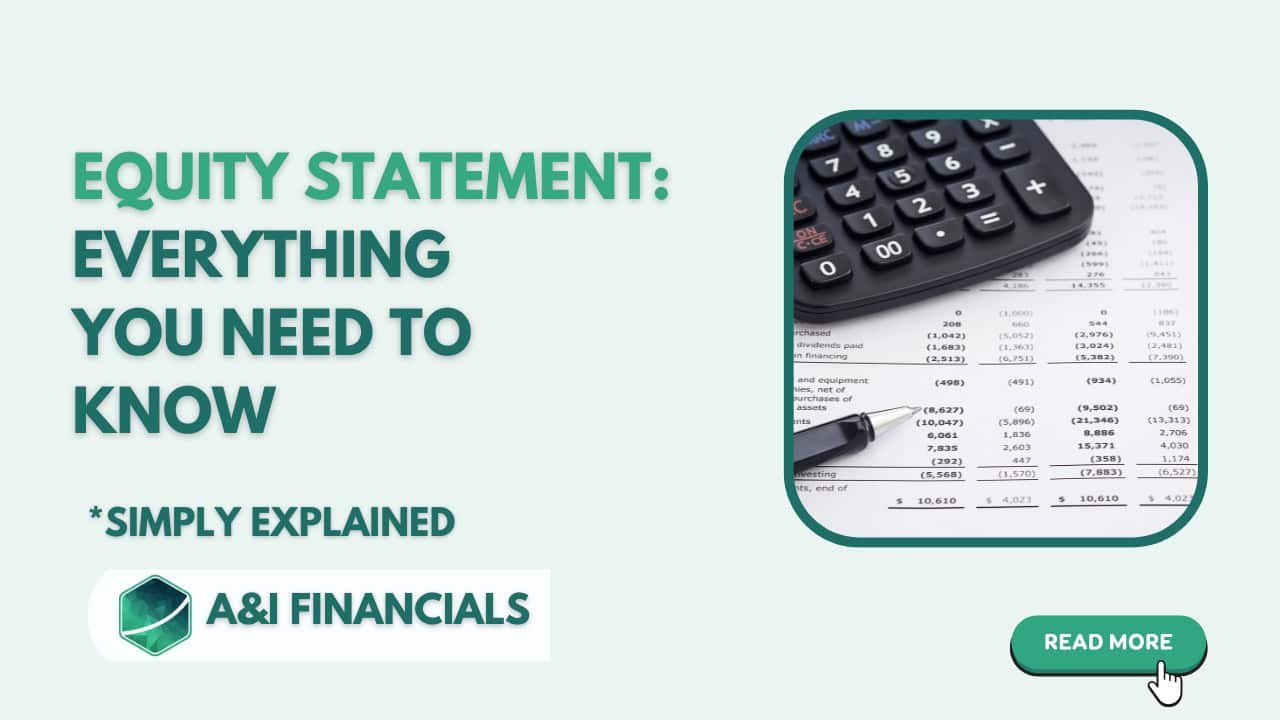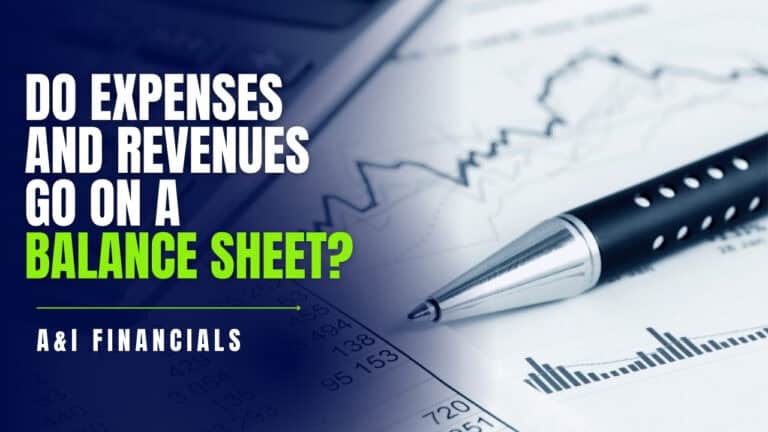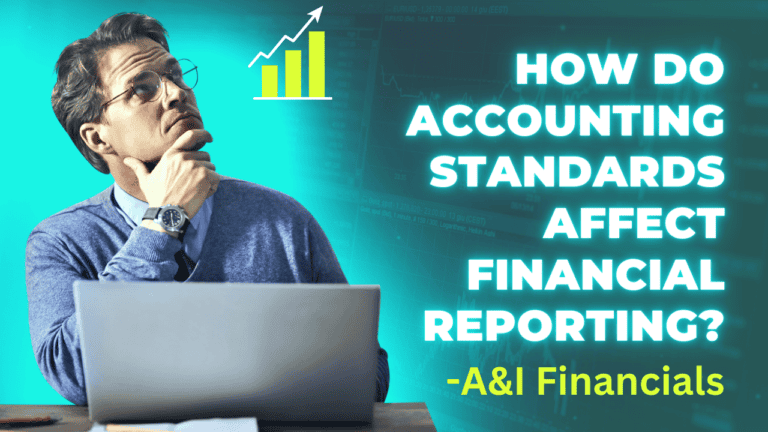Equity Statement: Everything You Need To Know
When it comes to understanding the financial health of a business, the equity statement plays a crucial role. It’s like a window into the business owner’s stake in the company. But if you’re not a finance expert, terms like “equity statement” or “owner’s equity statement” might sound intimidating. Don’t worry—this guide will break it all down for you in the simplest way possible.
What is an Equity Statement?
Let’s start with the basics. An equity statement, also known as a statement of owner’s equity, is a financial document that shows the changes in the owner’s equity over a specific period. In simpler terms, it tells you how much of the company’s assets belong to the owner(s) after all liabilities have been settled.
Imagine you own a bakery. Your equity statement would show how much money you’ve invested in the bakery, how much you’ve earned, and how much you’ve taken out of the business. It’s like a snapshot of your financial relationship with the bakery over a given period.
Why is the Equity Statement Important?
You might be wondering, why should I care about an equity statement? Well, if you own a business, or plan to invest in one, understanding this statement is crucial. Here’s why:
- It Reflects Financial Health: The equity statement shows whether the business is growing, staying steady, or shrinking. A growing owner’s equity usually indicates a healthy business.
- Helps in Decision Making: Whether you’re thinking about reinvesting profits, taking out more money, or bringing in new investors, the equity statement provides the information you need.
- Essential for Investors: If you’re an investor, the Equity report helps you understand the company’s value and whether it’s a good investment.
Breaking Down the Equity Statement
Let’s dive a little deeper into the different components of the equity statement. Don’t worry, we’ll keep it simple!
1. Beginning Equity
This is where the statement starts. It shows the owner’s equity at the beginning of the period. Think of it as your starting point. If we go back to the bakery example, this would be the amount of money or assets you had in the bakery at the start of the year.
2. Additions to Equity
These are the things that increase your equity during the period. They might include:
- Net Income: The profit you made during the period after all expenses.
- Additional Investments: Any extra money or assets you put into the business.
3. Subtractions from Equity
On the flip side, these are the things that decrease your equity. Common subtractions include:
- Owner’s Withdrawals: Any money or assets you took out of the business for personal use.
- Net Losses: If the business had a loss instead of a profit, this would reduce your equity.
4. Ending Equity
This is the final number after adding up all the increases and decreases. It shows the owner’s equity at the end of the period. This number goes on the balance sheet under the owner’s equity section.
How to Prepare an Equity Statement
Now that you know what goes into an equity statement, let’s talk about how to prepare one. You don’t need to be an accountant to do this. Here’s a step-by-step guide:
- Start with Beginning Equity: This is your equity at the start of the period. You can find this on your last equity statement or balance sheet.
- Add Net Income or Subtract Net Loss: Look at your income statement to find your net income or loss for the period.
- Add Any Additional Investments: If you’ve put more money or assets into the business, add that amount.
- Subtract Owner’s Withdrawals: If you’ve taken money out of the business, subtract that amount.
- Calculate Ending Equity: Add up all the changes to get your ending equity.
And that’s it! You’ve prepared your equity statement.
Common Mistakes to Avoid
Even though the equity statement is straightforward, there are a few common mistakes people make. Here’s what to watch out for:
- Forgetting to Include All Investments: Sometimes, business owners forget to include all the investments they’ve made during the period. This can make the equity statement less accurate.
- Mixing Personal and Business Funds: Always keep your personal finances separate from your business finances. Mixing them up can mess up your equity statement.
- Overlooking Withdrawals: It’s easy to forget small withdrawals, but they add up. Make sure you record every withdrawal accurately.
Real-Life Example: Understanding an Shareholders’ Equity
Let’s go back to our bakery example. Suppose you started the year with $50,000 in equity. During the year, your bakery made a net income of $20,000. You also invested another $10,000 to buy a new oven. However, you took out $5,000 for personal expenses.
Here’s how your equity statement would look:
- Beginning Equity: $50,000
- Add Net Income: +$20,000
- Add Additional Investments: +$10,000
- Subtract Owner’s Withdrawals: -$5,000
- Ending Equity: $75,000
At the end of the year, your equity in the bakery is $75,000. This means if you sold everything, paid off all debts, and closed the bakery, you’d be left with $75,000.
The Role of Equity Statements in Business Growth
The equity statement isn’t just a boring financial document; it’s a powerful tool for business growth. Here’s how:
- Tracking Progress: By comparing equity statements over time, you can see how your business is doing. Are you growing? Staying the same? This helps you make informed decisions.
- Planning for the Future: If your equity is increasing, you might decide to reinvest in the business, expand, or hire more staff. If it’s decreasing, you might need to cut costs or rethink your strategy.
- Attracting Investors: A healthy equity statement can attract potential investors. They want to see that your business is profitable and that you’re increasing your stake in it.
Equity Statement vs. Balance Sheet: What’s the Difference?
You might be wondering how the equity statement is different from the balance sheet. They’re related but serve different purposes.
- The Balance Sheet: This document shows a snapshot of your company’s financial position at a specific point in time. It details your assets, liabilities, and owner’s equity.
- The Equity Statement: This focuses only on the owner’s equity and shows the changes over a period. It’s more detailed when it comes to the owner’s stake in the business.
Think of the balance sheet as a photo of your business at one moment, while the equity statement is like a short video showing how the owner’s equity changes over time.
Who Uses the Equity Statement?
The equity statement isn’t just for the business owner. People use it for various reasons:
- Business Owners: To track their investment and make decisions about the future.
- Investors: To check the company’s financial health and growth chances.
- Lenders: To determine whether the business is a good risk for loans.
- Accountants: To prepare financial statements and ensure everything is accurate.
Tips for Maintaining a Healthy Equity Statement
Keeping your statement healthy is key to running a successful business. Here are some tips:
- Monitor Cash Flow: Keep a close eye on your cash flow. Poor cash flow can lead to a decrease in equity.
- Reinvest Profits: Consider reinvesting some of your profits back into the business to fuel growth.
- Limit Withdrawals: While it’s tempting to take money out for personal use, try to keep withdrawals to a minimum.
- Seek Professional Advice: If you’re unsure about how to manage your equity, don’t hesitate to consult with a financial advisor or accountant.
The Impact of Equity Statements on Small Businesses
For small businesses, the Owner’s Equity is particularly important. It not only reflects the owner’s stake but also shows how the business is faring in a competitive market. Small business owners can use this statement to make smarter decisions, avoid financial pitfalls, and ensure long-term success.
In a small business, every dollar counts, and the equity statement helps you track each one. Whether you’re thinking of expanding your product line, hiring more staff, or simply ensuring you can cover your bills, the equity statement is your go-to financial tool.
Closing Thoughts: The Power of the Owner’s Equity
In conclusion, the equity statement is more than just numbers on a page. It’s a powerful tool that helps you understand your business’s financial health, plan for the future, and attract investors. By keeping a close eye on your owner’s equity, you can make informed decisions that will help your business grow and thrive.
Whether you’re a small business owner, an investor, or just someone interested in understanding the financial side of things, the equity statement is worth your attention. It’s your window into the true value of a business and your key to making smart financial decisions.
Interested in Professional Help?
If all this talk about financial statements has you feeling overwhelmed, don’t worry—that’s where we come in. Our team of financial experts can help you prepare accurate and insightful equity statements that reflect the true value of your business.
Whether you’re just beginning or aiming to expand, we’re here to assist you at every stage. Reach out to us today to discover more about our services and how we can help maintain your business’s financial well-being.
Frequently Asked Questions
Yes, all businesses, particularly those planning to grow or seeking investment, should prepare an owner’s equity report. It’s a vital part of financial documentation.
Absolutely! While it’s helpful to have a professional review it, small business owners can definitely prepare their own capital statements.
Most businesses prepare this statement annually, but you can do it more frequently if you want to keep a closer eye on your finances.
An equity report focuses on changes in the owner’s equity over a specific period, while a balance sheet provides an overview of a company’s financial position at a specific point in time, including assets, liabilities, and equity.
A well-prepared statement of changes in equity shows that your business is growing and profitable, making it more appealing to potential investors. It demonstrates a solid grasp of your financials, which builds investor confidence.






